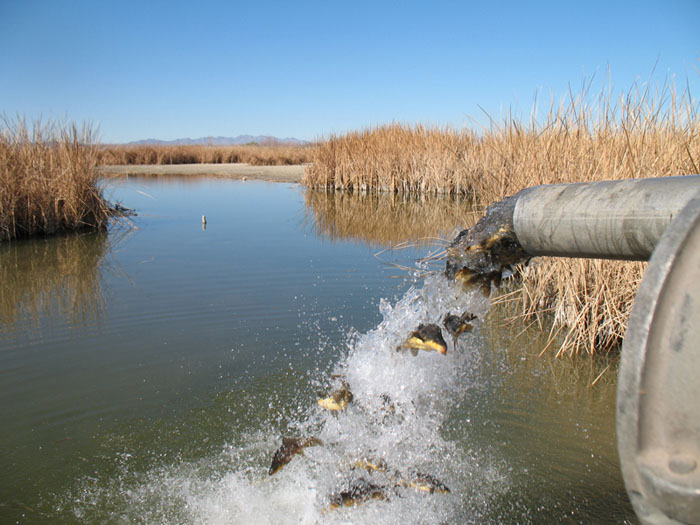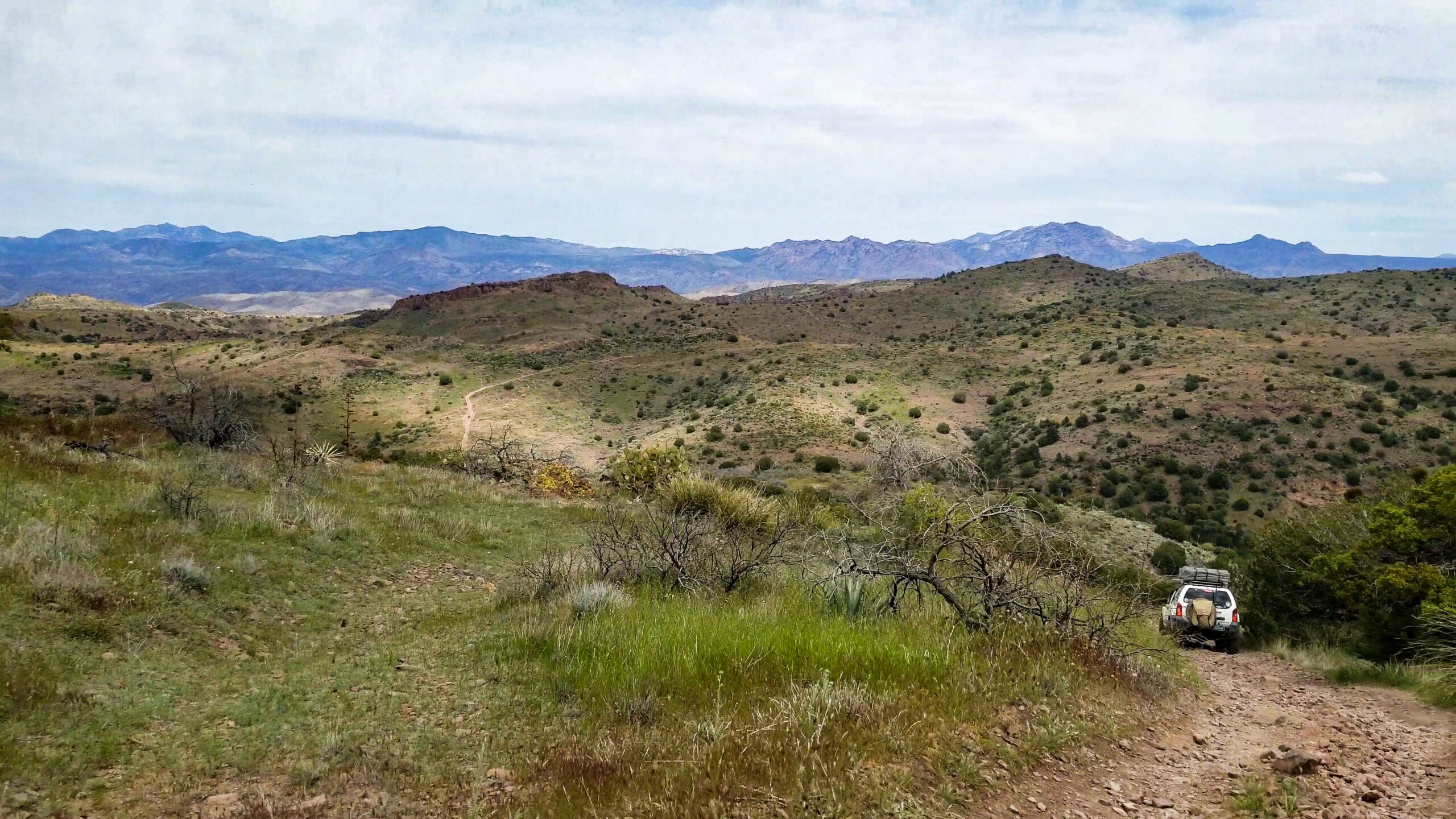Your cart is currently empty!
Posted in
The Right Way and the Wrong Way
by RANGE magazine contributor
A group called Environment Oregon is circulating a petition asking the U.S. Fish and Wildlife Service (USFSW) to get on with it. Two years ago, the agency proposed reintroducing sea otters to the Oregon Coast, concluding that reintroduction was not only feasible, but essential. The agency has done absolutely nothing about it since.
The government says sea otters are necessary to control the growth of purple sea urchins, which are overrunning the region, “mowing down” underwater kelp forests. Proponents say those kelp forests are “vital to slowing climate change.” Yet nothing has been done to implement the sea otter reintroduction plan. Why not?
It is impossible to overstate – or even understand – how hard it is for USFWS to wrap its mind around the concept of reintroducing endangered species. For 50 years, the Endangered Species Act has been the most powerful tool in the federal arsenal for controlling land and water in America. That’s why 2,368 species have been put on the endangered list, and about 26 recovered. The idea of recovering species and removing them from the endangered list is foreign to the process, history, and culture of the USFWS.
That is despite many private and state examples of successful reintroductions. Colorado raised hundreds of thousands of Colorado River endangered fish, for example, and even the USFWS now says 2 of the 4 listed fish are “no longer in danger of extinction” (they are still listed nevertheless). For years the agency adamantly opposed raising endangered fish in hatcheries, even threatening legal action to stop it, but success is hard to argue. Even students and teachers at Palisade High School know it can be done. They have their own hatchery and have restored nearly 1,000 razorback suckers to the river in three years, now with USFWS encouragement.
Reintroduction worked in Colorado not only for fish, but also lynx, desert bighorns, moose, black-footed ferrets, greater prairie chickens, river otters, and more. Wolf reintroduction on the Western Slope has already been successful in terms of wolf survival, and several wolves have already moved across the Continental Divide into Clear Creek and Larimer Counties, quickly moving closer to the Front Range voters who actually wanted them. Some legislators have resurrected the plan to reintroduce wolverines, too, though they should be careful what they wish for. Such reintroduction programs are very effective in reestablishing long-lost species.
Contrary to conventional wisdom, most species are not endangered because of habitat loss, but because people killed them. So, when we stop killing them and bring them back, they do just fine. That’s why so many people are wary of the plan to reintroduce cougars back East. Seventeen areas are proposed, including New England, Appalachia, the Ozarks, and the Great Lakes, where public support is strong.
There is no reason to doubt such a reintroduction would succeed, with all the results that would bring, good and bad. The fact is that if we want to recover missing species, endangered or otherwise, it is not that difficult to do. Reintroduction requires funding and planning, but mostly a change in the culture of government. That’s why it’s worth noting that there is an equally wrong way to go about it.
The reason Colorado has not yet reintroduced wolverines, for example, is that the USFWS added them to the endangered species list without designating animals brought into Colorado as a “non-essential experimental population.” That designation sounds complicated, but simply means the government will not use the animals we bring in to regulate our people. USFWS agreed to that originally (in 2013), but when it finally added wolverines to the list last year, conveniently left out that little detail.
The government doesn’t really care if we recover species. It prefers committees, meetings, and spending money – the wrong way to go about recovery. It just announced, for instance, another $4 million in grants to environmental groups to improve habitat for monarch butterflies. They will propagate milkweed seedlings to “restore” habitat, host 130 workshops, and support dozens of jobs – but not raise or release a single butterfly.
What if that money became an incentive, if landowners were paid to create and preserve habitat, or better yet, to raise endangered species as efficiently as they raise crops and livestock? What if landowners were guaranteed that if a species’ population rose above a defined number, it would be de-listed? If there were money to be made, my guess is that there would be more butterflies, suckers, wolverines, and sea otters than we knew what to do with.
See Greg Walcher’s blog here
Subscribe to RANGE magazine
Call 1-800-RANGE-4-U
Tags:
You may also like…

Visit the AZBackroads.com Store

Please Become A Member
We need your help to keep our backroads open. Please join today!








